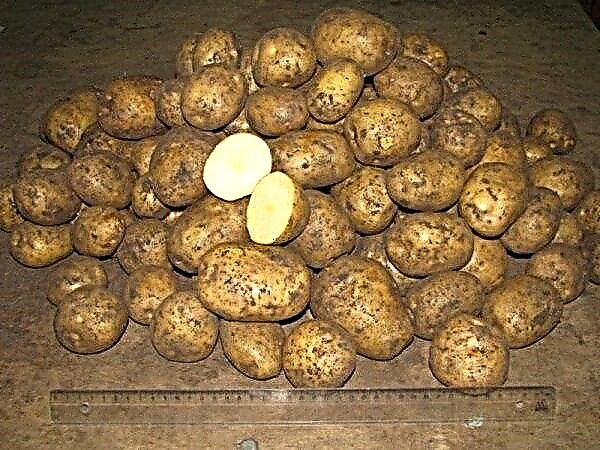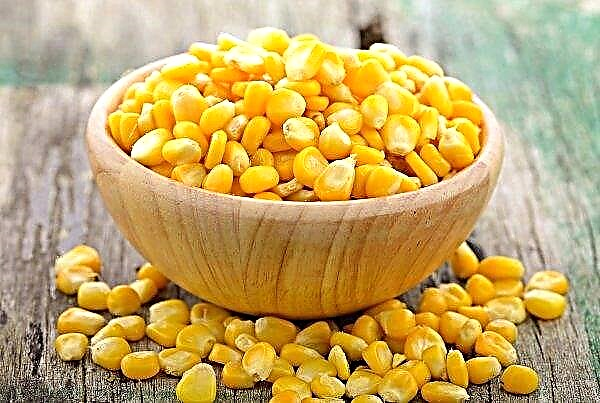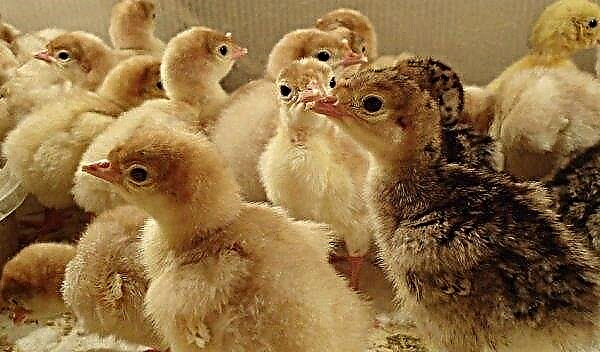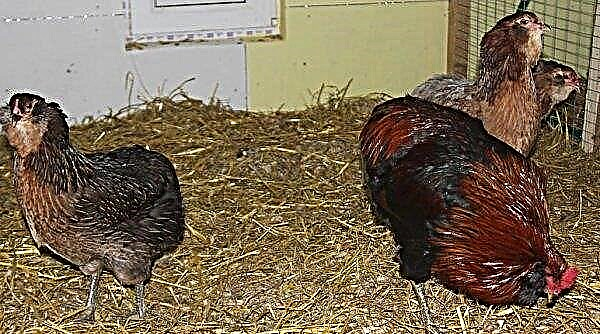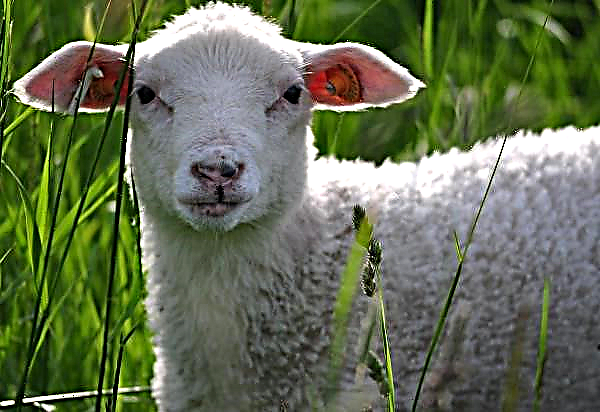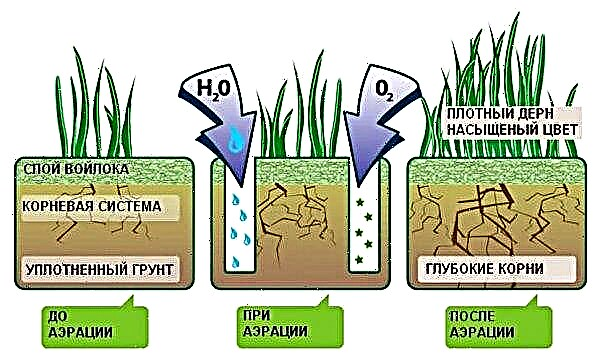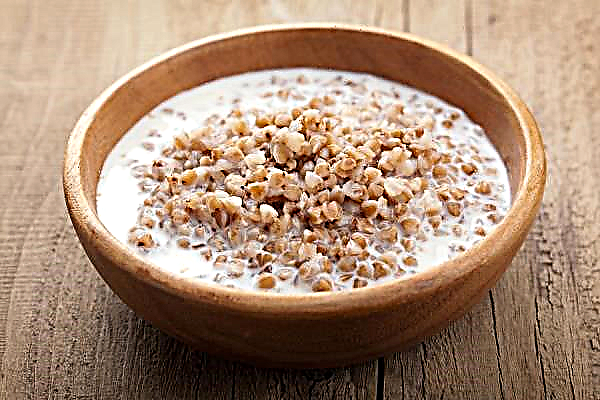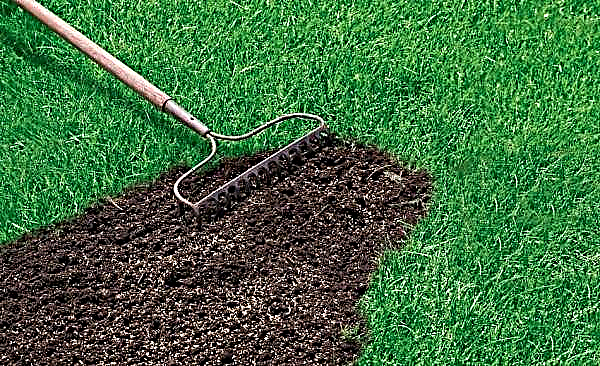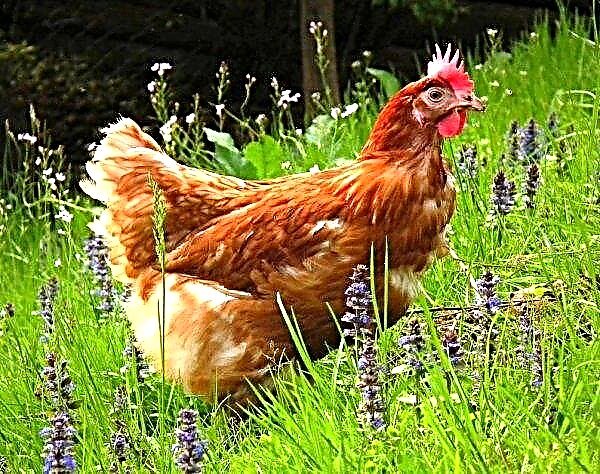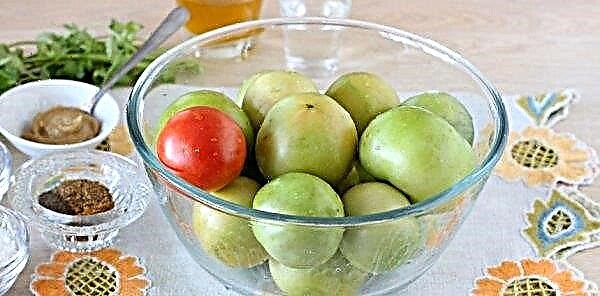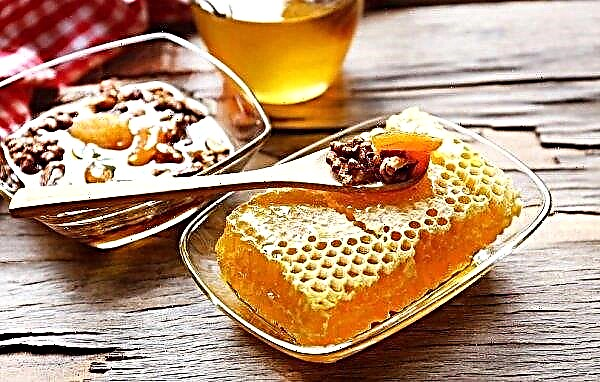Gooseberries (agrus) and currants (currants) are berry plants from the genus Ribes. Shrubs of these plants are considered perennial, and are also resistant to cold. Thanks to their precious fruits, shrubs have won a special place for gardeners and are very popular.
Gooseberries and currants: features of planting together
Due to the fact that agrus and currant are closely related crops of the same species, they are characterized by their good compatibility when planted together.
The placement of gooseberry and currant bushes on the plot, depending on humidity and lighting
When planting shrubs of currants and gooseberries, certain rules should be followed when placing them.
The choice of site for planting depends on such factors:
- humidity;
- lighting.
Blackcurrant is considered more hygrophilous among all fruit bushes. Thus, the bush should be planted in places with good humidity, but stagnation of water should be avoided. The plant does not require special attention to lighting and heat.

Unlike black currant, on the contrary, prefers a drier and more well-lit area. Gooseberries compared with currants are a thermophilic plant that prefers light areas with moderate humidity.
Black currants can be planted on various slopes, including northern ones. Red fruit shrubs are planted on the southern, western, northwestern or southwestern slopes. Gooseberries are great for such a place as for red currants.
Important! Low boggy soil is not suitable for planting gooseberries and currants.
Calculation of the distance between the currant and gooseberry bushes depending on the varieties and fruiting duration
The calculation of the correct distance between seedlings primarily depends on the duration of fruiting.
Conventionally, these gaps can be divided into two categories:
- In the vicinity of shrubs on the same territory up to 10-15 years, a distance of 1.2-1.5 m should be prepared. Between the rows the interval is 2 m.
- If the period of operation of the bushes is 5–7 years, then the permissible distance between the seedlings is 1 m. As in the previous version, the gap between the rows should be at least 2 m.

Shrubs of agrus and currants can grow nearby in one place for up to three decades. It should be borne in mind that these crops have different varieties, each of them has its own bush form. For varieties with a small form of shrub, a distance of 1–1.25 m is allowed. If the shrub has a sprawling shape, an interval of 1.5 m should be maintained.
Did you know? In still unripe currants, vitamin C is four times more than in an already ripe one.
Land preparation for planting
Features of planting bushes of these fruit crops are associated with such basic actions:
- Dig the soil to a depth of 1.5 m.
- Be sure to fertilize plantings with compost, ash or peat.

For convenience, a diagram of the required amount of fertilizer for the soil is given:
- humus, mullein - 5 kg;
- ash - 300 g;
- potassium salt - 15 g;
- superphosphate fertilizer - 60 g.
Digging the soil plays an important role, as this will improve the flow of oxygen into the root system of the seedling and create a drainage layer of the soil.
Attention should be paid to cleaning the site of plant debris that may contain pests that can harm the crop. In case of significant contamination of the territory, the site should be weeded twice a year.
Important! Adding the proper soil recharge should match the exact proportions. The maximum mark of the pH of the soil (pH) — 7, the minimum — 5.
Features of simultaneous agricultural technology
After the process of planting agrus and currants, it is very important to pay attention to the proper care of crops, in particular watering, feeding and combating diseases and pests. Due to its close kinship, similar crops are suitable for both cultures, which allows the gardener to significantly save material resources and time.
Watering and feeding bushes
To preserve moisture, the soil is mulched with peat or humus, and you can also use sand or soil to sprinkle in a hole. Such technology is needed to avoid the crust that may form after watering.

Spring watering should be done 4-5 times. The optimal amount of water is 1 bucket per shrub. In hot and dry weather, the number of procedures should be increased, and in case of persistent drought in autumn, it is recommended to repeat watering of seedlings.
Gooseberry watering has its own peculiarity. At the time of partial ripening of the berries, the active phase of watering should be stopped so that the fruits gain enough sugar.
Also recommend

During the period of ovary, top dressing should be given once. An excellent material can be bird droppings or liquid manure diluted with water. One bush will require 1-2 buckets.
Dilution is performed according to this scheme:
- bird droppings - 10 times;
- manure - 3 times.
A variant of mineral fertilizer is also possible (45 kg per 1 ha). A feature of gooseberry fertilizer, in comparison with currants, is that agrus needs to be provided with potassium more. The feeding process is carried out by adding it to the grooves 10-12 cm deep along the rows. Distance - 30 cm from the base of shrubs.
Rules for the care of currants:
Pest and Disease Control
Currants and gooseberries are subject to the same misfortunes, in connection with this they use the same technology of combating diseases and pests. In order to prevent plant diseases and adversity of parasites, shrubs should be sprayed with insecticides.
One of the easiest ways is to pour boiling water over the bushes, which kills pests and does not harm the kidneys. Regular diagnosis of crops allows you to quickly identify a problem with a small yield loss.
When using certain remedies for the treatment of currant and agrus bushes, it is necessary to strictly adhere to the instructions and proportions so as not to bring more harm to the crops.
Did you know? Currant leaves, like berries, contain many vitamins, so they have long been used for conservation.
Bushes garter
Garter shrubs - this is an important process when growing fruit shrubs.
- The need for this action is associated with the following reasons:
- the support of the bush can not cope with a lot of weight;
- with damaged branches;
- for convenience during collection;
- fragility of branches due to the age of the culture.
Fixing shrubs of currants and gooseberries does not require special and expensive materials. The easiest way is to use ties and braces. Wooden pegs are great as backups. At least 5-6 pegs are fixed near the bushes and branches are tied to them.

Companion and gooseberry companion vegetables
On a plot with agrus and currant bushes, it is possible to plant companion vegetables together.
- You can select a list of vegetables that can be planted next to these crops:
- bow;
- garlic;
- Tomatoes
- pepper.
Many gardeners do not recommend planting gooseberries with black currants, in contrast to the red species due to the common enemy parasite - gooseberry fire.
Thus, red currants and gooseberries are excellent neighbors that can bring a rich harvest for more than one year, so their joint planting is gaining more and more popularity among gardeners.

